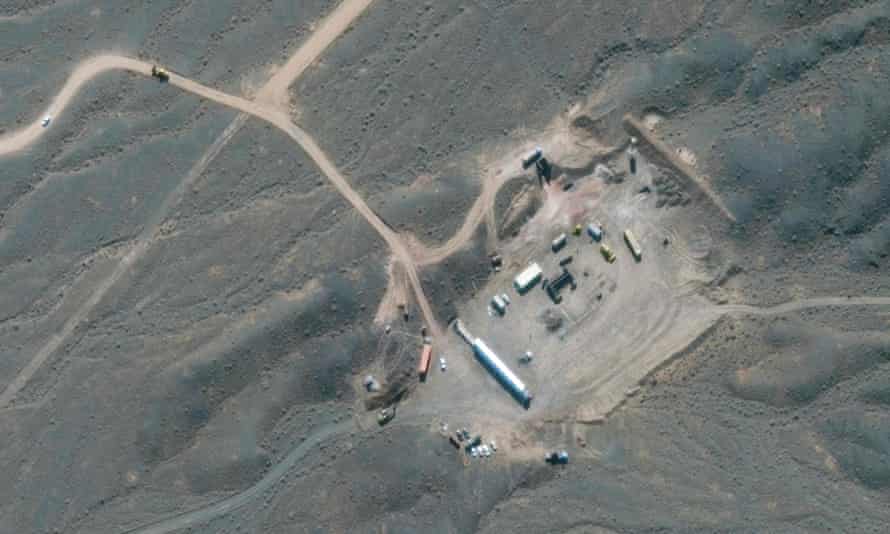EDMONTON — The head of the Alberta Medical Association says many factors led to the recent collapse of a proposed master agreement with the province, but he says a key one was lack of trust.

Dr. Paul Boucher says before he and Health Minister Tyler Shandro can even begin negotiating the nuts and bolts of a new deal, that trust must be regained.
“I’m not going to bring back another agreement (for ratification) unless I have pretty good confidence that it’s going to pass,” Boucher said in an interview.
“Another failed ratification would be a disaster for everyone as far as I’m concerned.”
Boucher said he and Shandro are meeting again, almost two weeks after the rank-and-file physicians of the 11,000-member AMA refused to ratify the new tentative deal brokered by both sides, voting 53 per cent against it.
Boucher said normally such deals pass with a strong majority. But during the voting process, he said he heard from about 3,000 physicians and many told him their core concern was that the pact left them too exposed to a government they didn’t trust.
“Any agreement really requires both parties to work well together within it,” said Boucher.
“I think a lot of members just weren’t sure that this was going to be the case. And there wasn’t enough clarity or safeguards to ensure that their voices were going to be heard and that they would be treated fairly within it.
“That’s a result of the challenges we’ve had (with the province) over the year.”
Those challenges began in early 2020, when Shandro unilaterally tore up the master agreement with the AMA, using a law passed months prior by the United Conservative government.
That cancellation launched a year of bitter attacks from both sides. Shandro imposed fee changes that led to some doctors withdrawing services, particularly in rural locations, saying the changes were financially unsustainable.
Shandro’s officials dismissed the AMA as a lobby group and Shandro accused the organization of spreading misinformation to its members. The AMA, in turn, sued the government, accusing it of violating Charter rights on collective bargaining by, among other things, cancelling binding arbitration.
All this was going on as COVID-19 swept through the province, filling up hospital wards.
Boucher said doctors were ready to sign a deal for less money, although they still had concerns and questions over remuneration. The four-year deal would have seen compensation stay static at more than $5 billion a year.
But he said a key concern was that binding arbitration had been replaced by mediation, albeit with the mediation decision made public. In addition, the AMA lawsuit would be cancelled.
The AMA considers binding arbitration critical, given it can’t hit the picket line for ethical reasons to otherwise gain leverage on intractable labour disagreements.
“(Arbitration) guarantees you a process. It does not guarantee you a result on either end, but I think a lot of docs just wanted that sense of fairness,” said Boucher.
“And I would have loved to have given it to them. We just couldn’t get that this go round.”
He said Shandro and the government have pivoted from the former approach and have been working collaboratively with the AMA, particularly on the recent COVID-19 vaccine rollout.
Shandro has cancelled many of the fee changes he imposed and promised contentious ones won’t ever return.
After the vote failed on March 30, Shandro stated, “Our government will seek to further renew our relationship with the AMA in the weeks and months to come as we work together to ensure Albertans continue to benefit from quality health care.''
Boucher agreed: “We just need to rebuild the relationship.”
He said there is no timeline for a new deal.
“I think it’s going to be some time."
This report by The Canadian Press was first published April 12, 2021.
Dean Bennett, The Canadian Press











